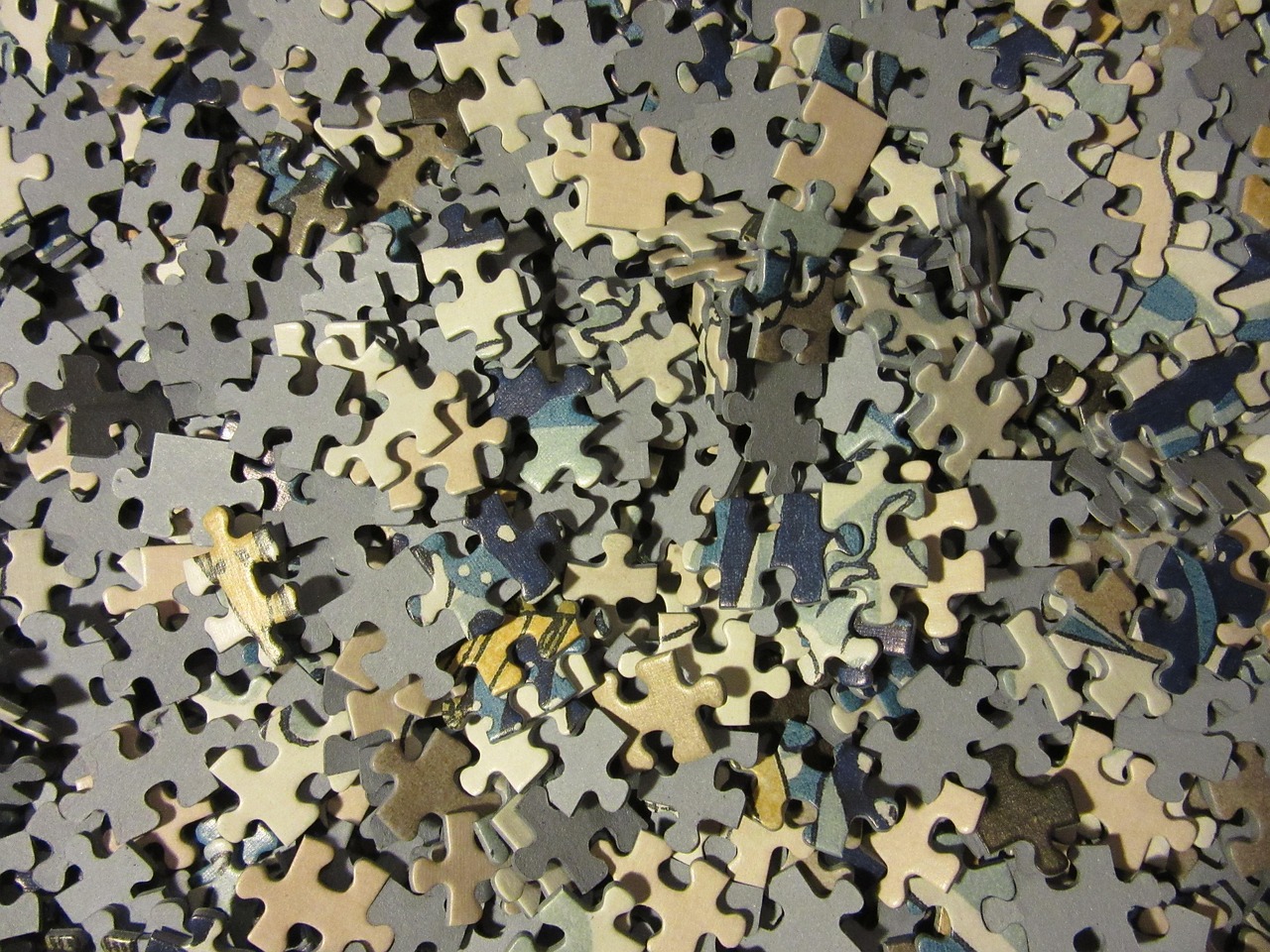NFT-Based Puzzles and Mystery Games: A New Frontier in Digital Engagement

The advent of Non-Fungible Tokens (NFTs) has opened new avenues for digital ownership, creativity, and engagement. Among the most intriguing applications of this technology is its use in puzzles and mystery games. As NFTs continue to evolve, they present unique opportunities and challenges for developers and players alike, offering a blend of entertainment and digital asset management.
NFTs are unique digital assets verified using blockchain technology, ensuring their scarcity and ownership. Unlike cryptocurrencies such as Bitcoin, which are interchangeable, NFTs are distinct and non-interchangeable, making them ideal for representing unique digital items. This characteristic has led to their growing popularity in various sectors, including art, music, and now gaming.
In the realm of puzzles and mystery games, NFTs can be used to create intricate and engaging experiences that go beyond traditional gaming. These games often involve solving complex puzzles or uncovering secrets, with NFTs serving as both the medium and reward for players. Some successful implementations have already demonstrated the potential of this approach, paving the way for broader adoption.
One of the earliest examples of NFT-based puzzles is the game Lost Poets, developed by Pak, a renowned digital artist. In this game, players collect NFT poets, which are unique characters that contribute to solving the overarching mystery. The game combines elements of art and strategy, with NFTs playing a central role in both narrative development and game mechanics.
Another notable example is the platform Enigma Games, which integrates NFTs into its puzzle games, offering players the chance to earn unique digital assets upon completion. Such implementations not only enhance player engagement through the promise of tangible digital rewards but also create new revenue streams for developers.
The global context of NFT-based puzzles and mystery games is one of rapid growth and innovation. According to a report by NonFungible.com, the NFT market surged to over $2 billion in the first quarter of 2021 alone, underscoring the burgeoning interest and investment in this field. This growth is mirrored by an increasing number of developers exploring the integration of NFTs into their gaming ecosystems.
However, the incorporation of NFTs into puzzles and mystery games is not without challenges. One primary concern is the environmental impact of blockchain technology, particularly those that rely on energy-intensive proof-of-work mechanisms. Developers are increasingly exploring alternative blockchain solutions, such as proof-of-stake, to mitigate these concerns.
Furthermore, the legal landscape surrounding NFTs is still evolving, with questions about intellectual property rights and digital asset ownership requiring clarification. Developers and players must navigate these complexities to ensure compliance and protect their interests.
Despite these challenges, the potential benefits of NFT-based puzzles and mystery games are significant. By leveraging NFTs, developers can offer players a unique blend of entertainment and digital asset ownership, creating immersive experiences that extend beyond the confines of traditional gaming.
The future of NFT-based puzzles and mystery games looks promising as technology advances and more players and developers enter the space. By harnessing the unique properties of NFTs, this new frontier in digital engagement has the potential to reshape how we interact with games and digital assets, offering both challenges and opportunities for innovation.
In conclusion, NFT-based puzzles and mystery games represent a dynamic intersection of technology and creativity. As the industry continues to evolve, it will be essential for stakeholders to address the environmental and legal challenges while exploring the vast potential of NFTs in gaming. This new paradigm holds the promise of transforming digital engagement, offering players unique, rewarding experiences that bridge the virtual and real worlds.












